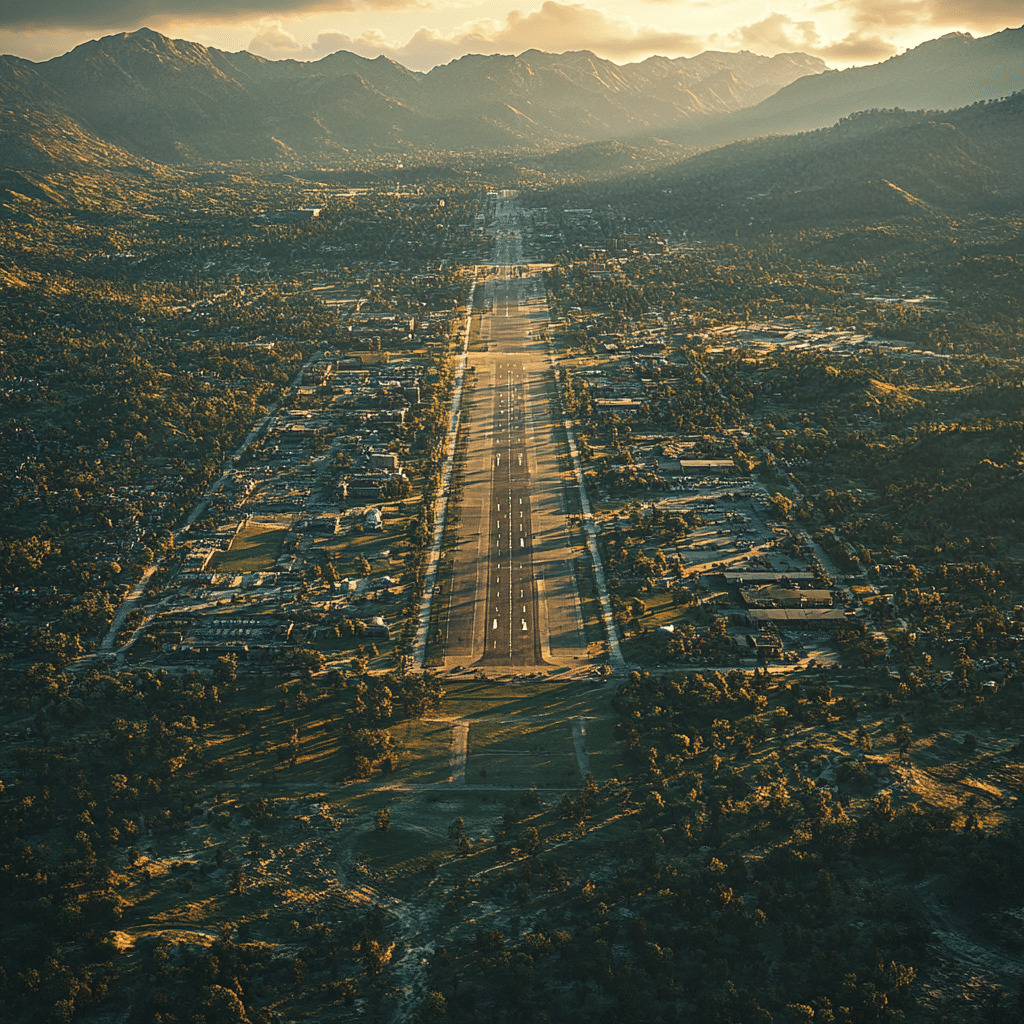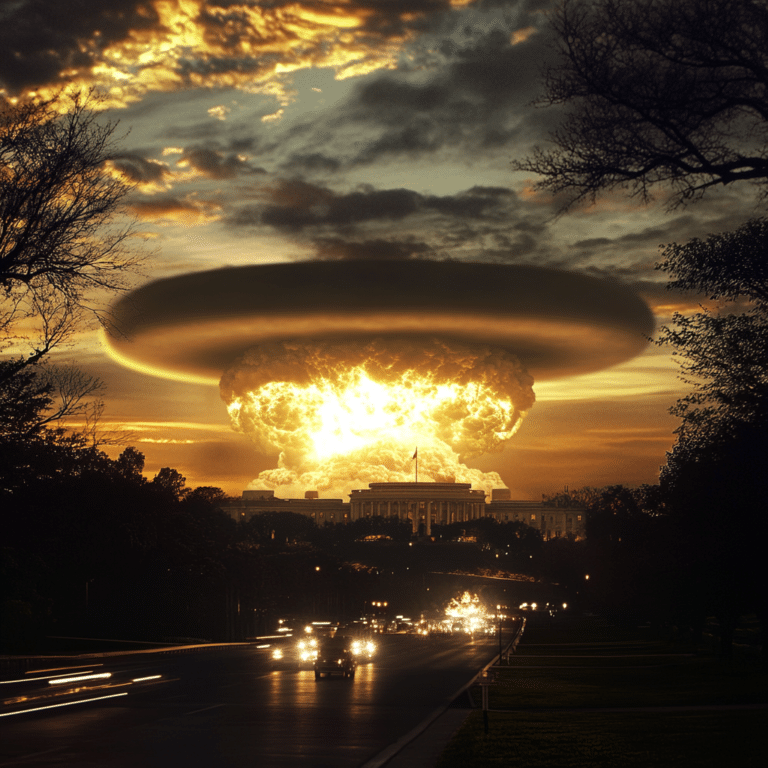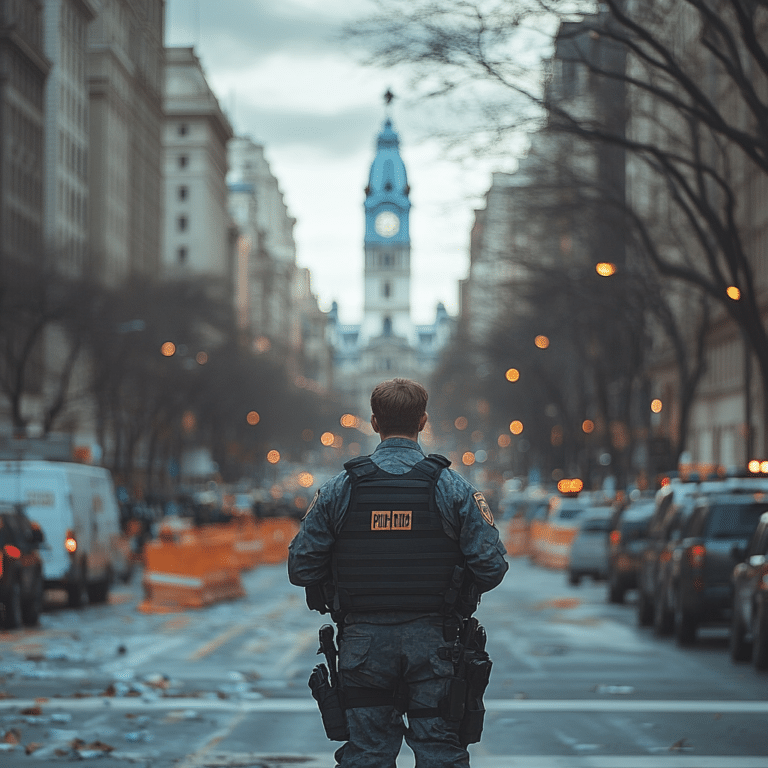In an increasingly complex global landscape, military bases serve as the crucial backbone of U.S. defense operations. These installations not only facilitate military preparedness but also play essential roles in national security, disaster response, and international cooperation. As threats evolve and the world changes, our military bases stand as bastions of American strength and values. This article explores the multifaceted importance of military bases while examining their roles in domestic and international contexts.
7 Key Military Bases Supporting U.S. Defense Operations
1. Fort Bragg, North Carolina
Fort Bragg is a titan in the world of military bases, boasting the title of the largest military base on the planet by population. Spanning over 250 square miles, this Army installation is home to elite Airborne and Special Operations Forces. Its strategic location enables rapid deployment anywhere in the globe, ensuring that the U.S. can swiftly address emerging threats or respond to humanitarian crises.
The sheer size of Fort Bragg not only supports troop readiness but embodies America’s commitment to defending freedom. Its extensive training facilities prepare soldiers for a multitude of missions, whether it be combat operations or disaster relief, reinforcing the importance of readiness in today’s unpredictable world.
2. Naval Station Norfolk, Virginia
As the largest naval base globally, Naval Station Norfolk symbolizes U.S. naval power and operational capability. Home to the Atlantic Fleet, it plays an integral role in securing our maritime interests. The base supports aircraft carriers, submarines, and various support vessels, making it a pivotal hub for military operations.
Naval Station Norfolk isn’t just a base; it’s a fortress of American strength on the water. Its strategic location allows for effective surveillance and rapid response capabilities, vital in maintaining peace and stability in international waters. With tensions rising in different parts of the globe, the importance of such military bases cannot be overstated.
3. Joint Base Lewis-McChord, Washington
Joint Base Lewis-McChord stands out as a cornerstone for Pacific operations. This vital installation supports Army and Air Force units in both humanitarian missions and combat deployments. Its proximity to the Pacific Rim enhances the U.S. military’s capacity to react to crises in Asia.
The versatility of Joint Base Lewis-McChord showcases the adaptability of our fighting forces. From rigorous training exercises to providing relief during natural disasters, this military base embodies the essence of being prepared for anything. Plus, its integration of advanced technology ensures that the U.S. remains at the forefront of military innovation.
4. Edwards Air Force Base, California
Edwards Air Force Base is crucial for the military bases landscape, known for its extensive history in aviation testing. This base is key for research and development, pushing the boundaries of modern aviation technology. From hypersonic flight experiments to stealth technology, Edwards is where future defense capabilities are born.
The innovations coming out of Edwards help to maintain America’s edge over adversaries. As the defense landscape continually shifts, investing in new technologies becomes paramount, making bases like Edwards invaluable in safeguarding our nation.
5. Ramstein Air Base, Germany
Located in Germany, Ramstein Air Base is a central hub for U.S. forces operating in Europe. It plays a critical role in NATO operations, facilitating logistics and enhancing regional stability. The base serves as a lifeline for American troops overseas and ensures effective collaboration with our allies.
With global tensions remaining high, Ramstein functions not only as a military installation but also as a beacon of U.S. commitment to European safety. It enables the U.S. military to respond quickly to any crisis in the region while providing essential training facilities for troops stationed abroad.
6. Camp Pendleton, California
As the largest Marine Corps base on the West Coast, Camp Pendleton is a vital asset for the military. This installation focuses on training Marines for amphibious assault and rapid response operations. Its strategic position allows Marines to prepare for various combat scenarios effectively.
Camp Pendleton exemplifies the Marine Corps’ readiness to protect freedom at a moment’s notice. The base is more than just a training ground; it’s an embodiment of the Marine spirit and their dedication to serving our nation.
7. Guantanamo Bay Naval Base, Cuba
While Guantanamo Bay often grabs headlines for controversial reasons, it remains an important military asset. This base provides strategic access to the Caribbean and South America, contributing to border patrol and counter-narcotics operations. It also acts as a key point for deterring threats in the region.
Guantanamo Bay is uniquely positioned to support a variety of missions, reinforcing America’s commitment to global security. Its facilities allow the U.S. to project power and maintain surveillance in a critical area of the world.
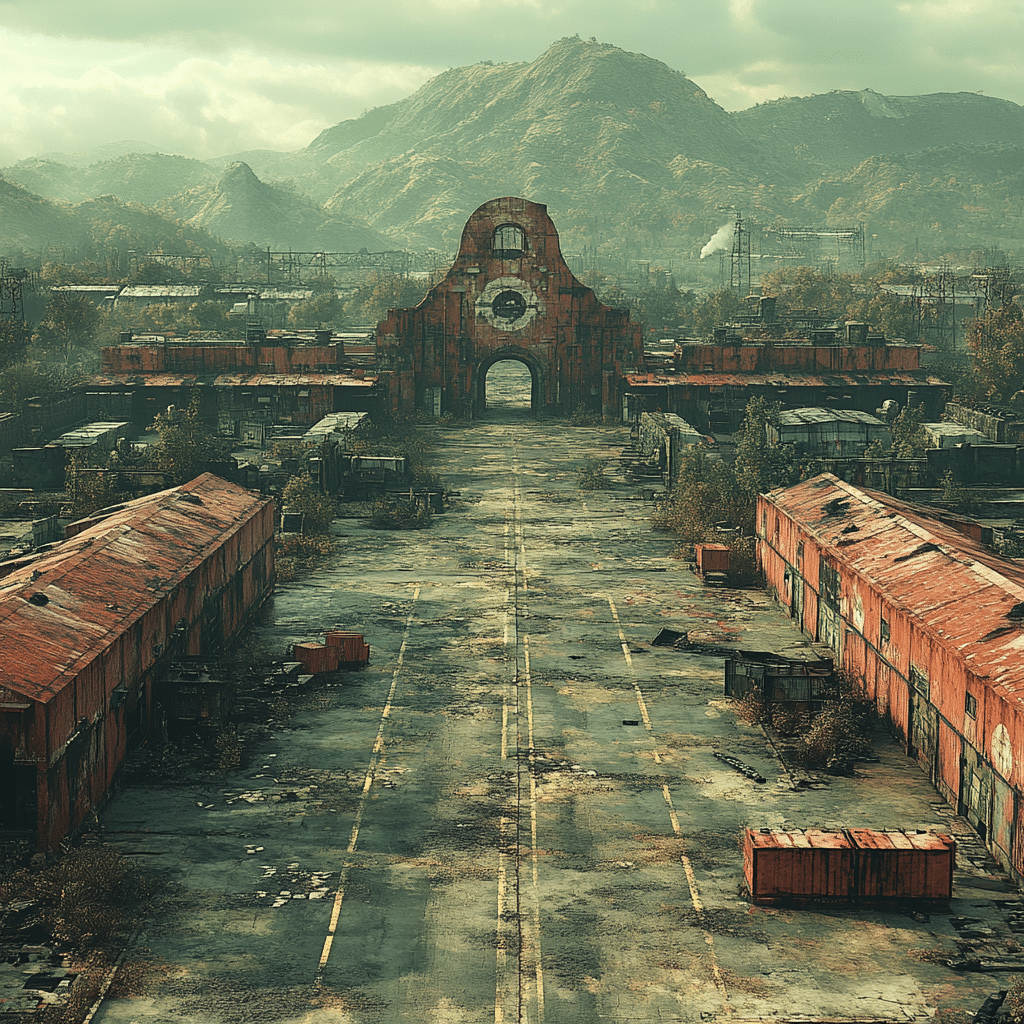
Military Bases and Their Environmental Impact: Balancing National Security with National Parks
The presence of military bases near precious national parks, such as those along the Appalachian Trail, creates various challenges and opportunities. While military operations are critical for national defense, they can intersect with environmental conservation efforts.
For instance, Fort Bragg’s proximity to the Uwharrie National Forest raises potential conflicts between military training exercises and biodiversity conservation. Yet, strategic planning has led to successful partnerships where military installations engage in eco-friendly practices. These initiatives not only protect local ecosystems but showcase a balance between national security and environmental stewardship.
Military Bases and Border Patrol
While military bases serve primary defense roles, their influence extends to domestic security matters, notably border patrol. The Department of Defense can provide vital logistical support and personnel during critical border security operations.
This collaboration is evident at the U.S.-Mexico border where installations like Fort Bliss lend hands-on support. By integrating military resources into border security efforts, we significantly enhance the effectiveness of our border patrol while ensuring the safety of American citizens.
Innovative Defense Strategies and Future Directions
The integration of military strategies with local environmental initiatives is key for the sustainability of military bases. Recent years have emphasized building partnerships with environmental organizations, making sure military operations don’t compromise precious natural resources.
Innovative training techniques, including virtual and augmented reality, are explored to minimize land use during exercises. These advancements not only improve operational readiness but also preserve the integrity of surrounding ecosystems, including vital national parks.
The Role of Military Bases in Global Strategy
Military bases significantly shape our global strategy, acting as deterrents against adversaries and reassurance to allies. The U.S. presence in countries like South Korea and Japan illustrates the importance of permanent military bases in maintaining peace in volatile regions.
These bases are not limited to hosting troops; they serve as vital platforms for diplomacy. Through cooperative military exercises and humanitarian missions, the U.S. strengthens international relationships while fortifying its defense commitments.
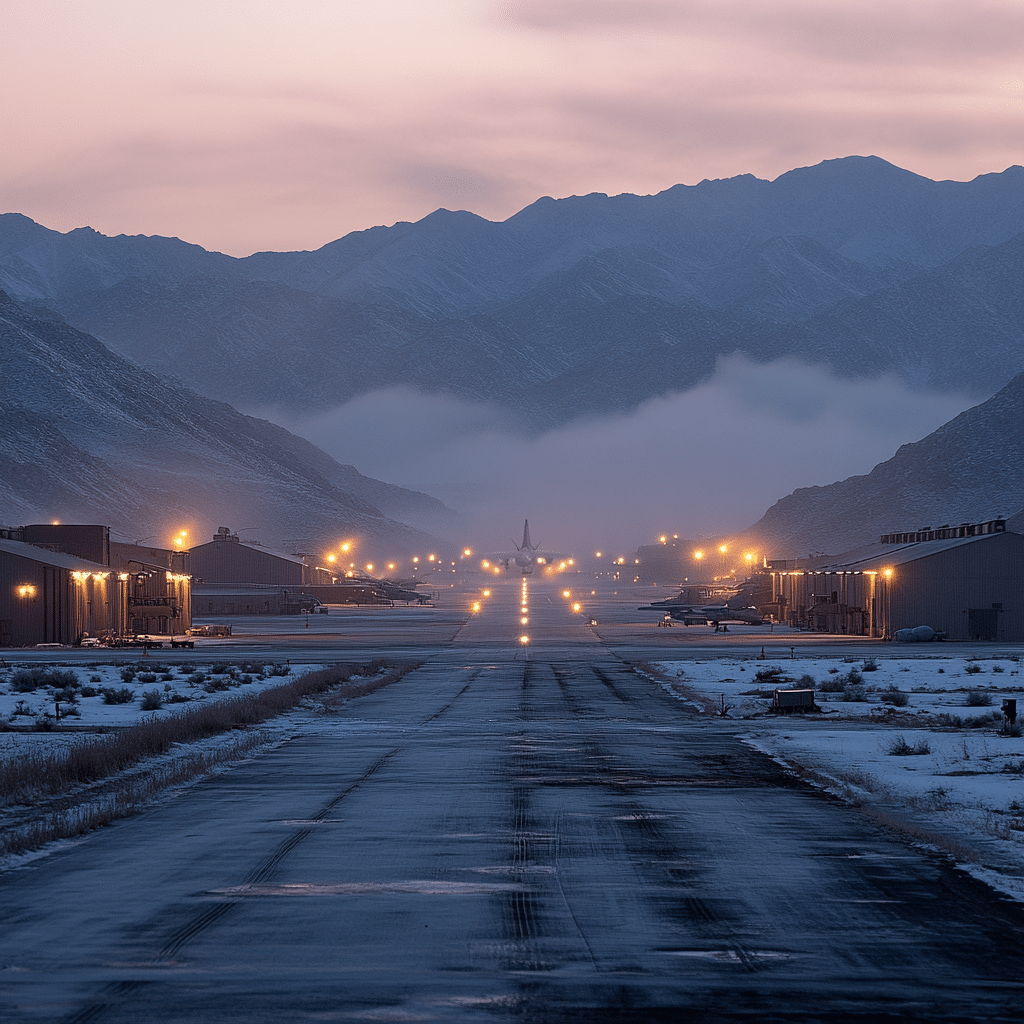
An Evolving Landscape in National Defense
The role of military bases in U.S. defense operations has transformed significantly, reflecting changes in global dynamics and domestic needs. They’re vital not just as strategic military installations but also as contributors to environmental preservation and community support.
As we advance, the challenge lies in balancing military readiness with environmental accountability and local needs. By fostering innovation and collaboration, military bases can effectively support U.S. defense operations while respecting our nation’s natural heritage, a point that unites conservatives and right-leaning activists alike.
The importance of maintaining strong, well-equipped military bases cannot be overstated. In this era of unrest and uncertainty, they stand ready to ensure that the torch of freedom, democracy, and safety continues to shine bright across the globe.
To understand more about our military efforts across the nation and how they echo in international news, stay informed with San Francisco news updates that keep a close eye on these developments.
In closing, our military bases are not just facilities; they are the lifeblood of our national defense, instilling a sense of security that every American holds dear. We will stand by them and, in this fight for liberty, remind our citizens of the ongoing value they present to our great nation.
Military Bases: The Unsung Heroes of U.S. Defense Operations
Did You Know?
Military bases serve as the backbone of U.S. defense operations, but did you know they also host a myriad of interesting facts? For example, the U.S. operates roughly 800 military bases across over 70 countries. That’s more than the combined total of all other countries! These bases aren’t just strategic points—they’re hubs of culture and activity, much like the popular Imagine dragons Songs that bring people together through entertainment. Just as music resonates with the hearts of many, military bases create a community feel among service members and their families.
Fun Facts about Military Bases
Speaking of communities, military bases often reflect the local culture and community spirit. Take Fort Campbell, for instance, which straddles the Kentucky-Tennessee state line. Owing to its location, soldiers are treated to Southern hospitality while also enjoying unique local events and traditions like the annual Country Girls make Do festival. Not too far away, sports fans can catch Memphis Grizzlies news at the bases where many personnel engage in local activities and support their teams! The camaraderie doesn’t end there; soldiers frequently bond over hobbies and interests, forming friendships that last a lifetime.
The Surprising Side of Military Bases
Yet, military bases aren’t just about drills and deployments. They also harbor unusual stories. For example, did you know there was once an albino gorilla named Snowflake that lived in a Spanish zoo? His story has nothing to do with military operations, but it’s a reminder that the unexpected can happen anywhere—even within the confines of a military base. Amid the challenges, service members like José Abreu have risen through the ranks not only in the military but in various fields, even making headlines beyond their service. Just as Ann Jillian overcame her own obstacles in the entertainment industry, many veterans are making their mark after their military careers.
Military bases, with their rich history and numerous stories, truly encapsulate the spirit of defense operations while being dynamic spaces that foster connection, resilience, and a sense of home for so many.
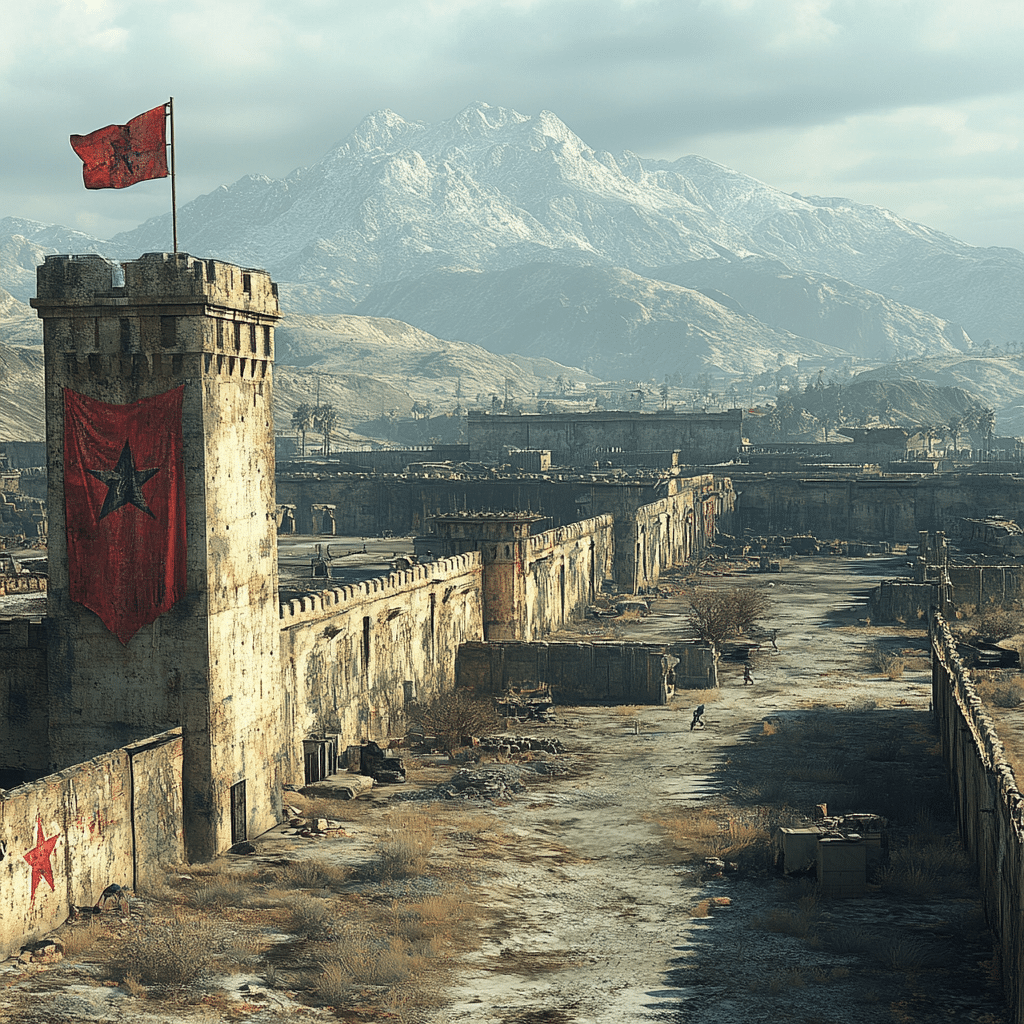
Where are American military bases?
American military bases are spread across the globe, with significant concentrations in states like Texas, California, and Virginia, as well as overseas locations in countries like Germany, Japan, and South Korea.
What are military bases called?
Military bases have different names depending on the branch: Army posts are called forts, like Fort Bragg, Air Force installations are simply bases, and Marine Corps facilities may be called camps, depots, stations, or bases.
What bases are in Texas?
Texas is home to several military bases, including Fort Hood, Lackland Air Force Base, and Randolph Air Force Base, among others.
What bases are in California?
California hosts many military installations, including Camp Pendleton, March Air Reserve Base, and Travis Air Force Base, along with several others.
What is the largest military base in the US?
The largest military base in the U.S. is Fort Bragg in North Carolina, which covers over 250 square miles, making it the biggest in the world.
Where are the 5 Marine Corps bases located?
The five Marine Corps bases are located in California (Camp Pendleton), North Carolina (Camp Lejeune), Hawaii (Marine Corps Base Hawaii), Arizona (Marine Corps Air Station Yuma), and South Carolina (Marine Corps Air Station Beaufort).
Which US state has no military bases?
Delaware is the only U.S. state that has no military bases, unlike many others that host multiple installations.
Where do soldiers sleep on base?
Soldiers typically sleep in barracks on base, which are dormitory-like buildings that house military personnel, ensuring they’re close to their duties.
How do people live on military bases?
Living on military bases usually involves housing provided by the military, which can range from apartments to single-family homes, depending on the rank and family status of the service member.
What is Fort Hood called now?
Fort Hood is still called Fort Hood; it hasn’t undergone any recent name changes.
Which U.S. state has the most military bases?
Virginia has the most military bases of any state in the U.S., featuring major installations like Naval Station Norfolk and Joint Base Langley-Eustis.
What is the best base in Texas?
It’s often said that Fort Bliss is one of the best bases in Texas, mainly due to its warm climate, recreational facilities, and community activities.
What military bases are in New York?
New York has several military bases, including Fort Drum and West Point, which is the U.S. Military Academy.
Is there a U.S. military base in Mexico?
There is no U.S. military base in Mexico; however, there are partnerships and training programs that may involve U.S. military personnel in the region.
Are there army bases in Florida?
Yes, there are army bases in Florida, including U.S. Army Garrison Miami and Eglin Air Force Base.
What is another word for a military base?
Another word for a military base is installation, which generally refers to any facility owned by the military.
What is the military word for base?
The military word for base is often simply referred to as an installation, but sometimes it can be called a facility, depending on the context.
What is military base housing called?
Military base housing is commonly known as barracks for single service members, while family housing can be referred to as base housing or military family housing.
What are military base stores called?
Military base stores are called commissaries and exchanges, where service members can shop for food and other goods at reduced prices.
Which US state has the most military bases?
Virginia holds the title for the most military bases in the U.S., hosting numerous major installations across various branches.
Where are US soldiers currently deployed?
U.S. soldiers are currently deployed in various locations globally, including the Middle East, Europe, and Southeast Asia, based on mission needs.
What is the secret military base in Alaska?
The secret military base in Alaska is known as Joint Base Elmendorf-Richardson, which has a mix of air and ground military operations.
What are the military branches in order?
The military branches in order of establishment are the Army, Navy, Marine Corps, Air Force, and Coast Guard.

